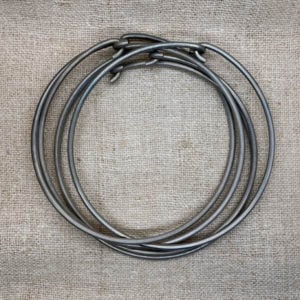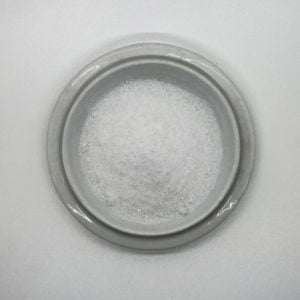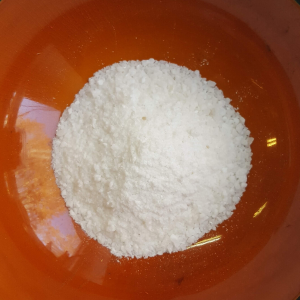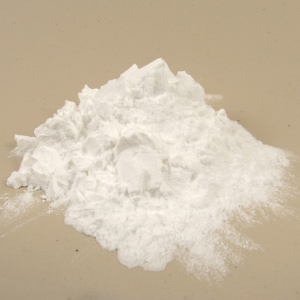
Our How To guides are intended to make the mordant process easy, from scouring your fibers to dyeing with an assortment of dyes. You can find other How To guides here.
What is Mordanting?
Mordanting is the most important process of preparing fibers to accept color. Using a mordant helps to ensure the most durable and long-lasting colors. With the exception of indigo (as a vat dye, it does not require a mordant), this is not an optional step.
(Check out our Q & A: Round Up of Mordanting + Scouring 101 here.)
Mordanting with Aluminum Triformate
Aluminum triformate is a room temperature mordant for all cellulose and protein fibers including wool, silk, cotton, hemp and linen. Unlike other mordants, it works on either a calculation of grams per Liter (gpL) or weight of fiber (WOF) and it is a cold process as no heating is required. Therefore, you can create a cold water mordant bucket, add a few items and mordant, or you can weigh a specific amount and mordant. We have used it successfully with both methods.
The gpL method allows you to create a mordant bath of a specific strength, based on how many liters of water your bucket can hold. This bucket can be reused and topped off as needed by using the same gpL calculation. The WOF method is used primarily when weighing mordants and dyes and allows you to quickly and easily calculate how much to measure.
Each of these methods have their advantages for the artisan dyer. If you want to dip a scarf or two in mordant and then move on to dyeing without a lot of calculating, then the gpL method is good for you as there is no additional weighing, heating or handling hot mordanted items. On the other hand, if you need to keep careful records and dye the same thing, then you can also use the mordant as a percentage of the WOF.
Safety Instructions
Aluminum triformate is easy to use with minimal odor or wafting powder and dissolves easily. However, we recommend wearing a dust mask or respirator, gloves, and an apron as the powder can be irritating to the nose, throat, and skin. We strongly recommend adult supervision if working with children.
We also recommend that you keep dye tools and utensils separate from kitchen tools and work with plenty of ventilation. Aluminum triformate may be disposed in a municipal water sewage system by pouring down the drain. Do not dispose directly into waterways or drains that flow into waterways.
Calculating the amount of mordant
gpL: the recommended gpL for aluminum triformate is 20gpL, or 20 grams for every liter of water that your bucket can hold.
– OR –
WOF: the recommended amount of aluminum triformate is 5-10% WOF. A larger percentage of the WOF will result in deeper colors.

GpL instructions
You will need
- A container to dissolve the aluminum triformate
- A bucket or dye pot to mordant in
- Dye rings (if dyeing skeins of yarn)
Calculate how much water your bucket or dye pot can hold in liters. For every liter, measure out 20 grams of aluminum triformate.
Remove approximately 500mL from the water in your bucket. Use this to dissolve the aluminum triformate in a smaller container, then add it back to your mordant bath. Mark the liquid level with a piece of tape on the outside of the bucket so you can track as it goes down with use.
Then add the fiber to the bucket, rotating them gently. Press out air bubbles under fabric folds, or in floating yarn. Leave the fibers in the bucket for at least four hours and we got the best results by leaving the goods in the bucket overnight. You can keep them in the mordant bath for multiple days.

Remove fibers from the dye pot and rinse. Remove excess water and proceed to dyeing.
You can keep and reuse this mordant bath as much as you’d like. Once the liquid level and the mordant strength seems to be lessening, you can “top off” the bath with additional solution, using the same 20gpL calculation.
If you keep track of your fiber weights and how long your fiber is in the mordant, you will be able to track when to add more mordant solution and keep your mordant bucket going.
WOF Instructions
You will need
This list of ingredients is for 100 grams/4 ounces of fiber, and with 5% aluminum triformate. Adjust the amount of materials as necessary, per the percentage guidelines above.
- 100 grams/4 ounces cellulose fiber
- 5 grams/.17 ounces of aluminum triformate
- A container to dissolve the aluminum triformate
- A large stainless steel dye pot or plastic bucket
- Dye rings (if dyeing skeins of yarn)
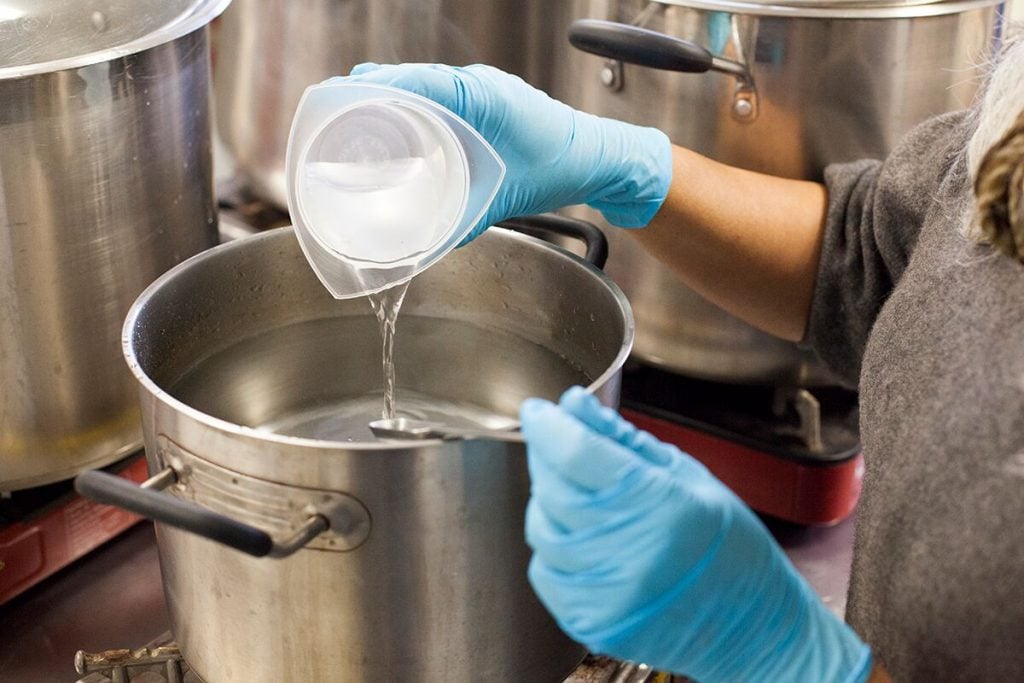
Dissolve the aluminum triformate in warm water.
Fill a dye pot with warm water from the tap. You may also use a clean bucket or container for mordanting with aluminum triformate.
Add the dissolved aluminum triformate and stir well. Then add the fiber to the dye pot, rotating them gently. Press out air bubbles under fabric folds, or in floating yarn.
Rotate goods occasionally and hold for at least four hours. You can keep the fibers in this dyebath overnight, and we got the best results with an overnight soak.
Remove fibers from the dye pot and rinse. Remove excess water and proceed to dyeing.
Reusing the bath to save water and mordant
You can reuse either your gpL or WOF mordant bath multiple times. 200 grams of aluminum triformate is reported to dye up to 5kg of fiber. Results may vary due to fiber type, weight and other factors. Once the mordant strength seems to be lessening, you can “top off” the bath as desired as well.
Storing mordanted fibers
You may leave the fibers in the mordant solution overnight, then extract excess water, rinse, and proceed to dyeing. Mordanted fibers may be stored damp in a plastic bag and refrigerated for 3-5 days and cured or aged, as this also seems to increase the depth of shade in the dyed fibers. For longer storage, mordanted fibers may be air dried and stored for future use. Label and store your mordanted fiber and keep it away from dust or dye powders, as it is vulnerable to staining.
You might also like to read:
Q & A: Round Up of Mordanting + Scouring 101
Video of Live Q&A For (New Cold Water Mordant) Aluminum Triformate
Our weekly Mordant Monday series!




